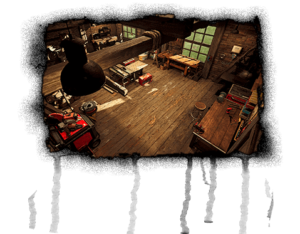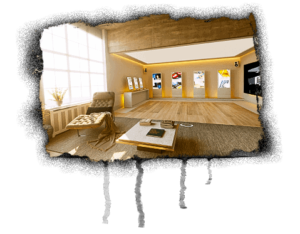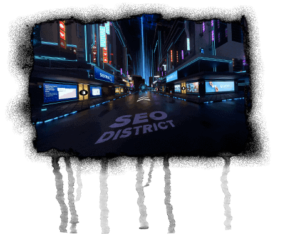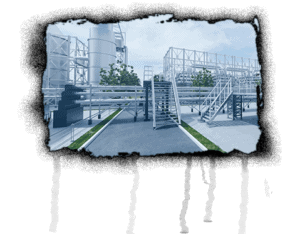Vector graphic
A vector graphic is based on simple geometric figures such as areas, circles, rectangles, lines and curves. This is relevant for web design and print. Compared to raster graphics, a vector file can be scaled as required without losing quality when enlarged. The format offers a number of advantages and guarantees uniform printing.
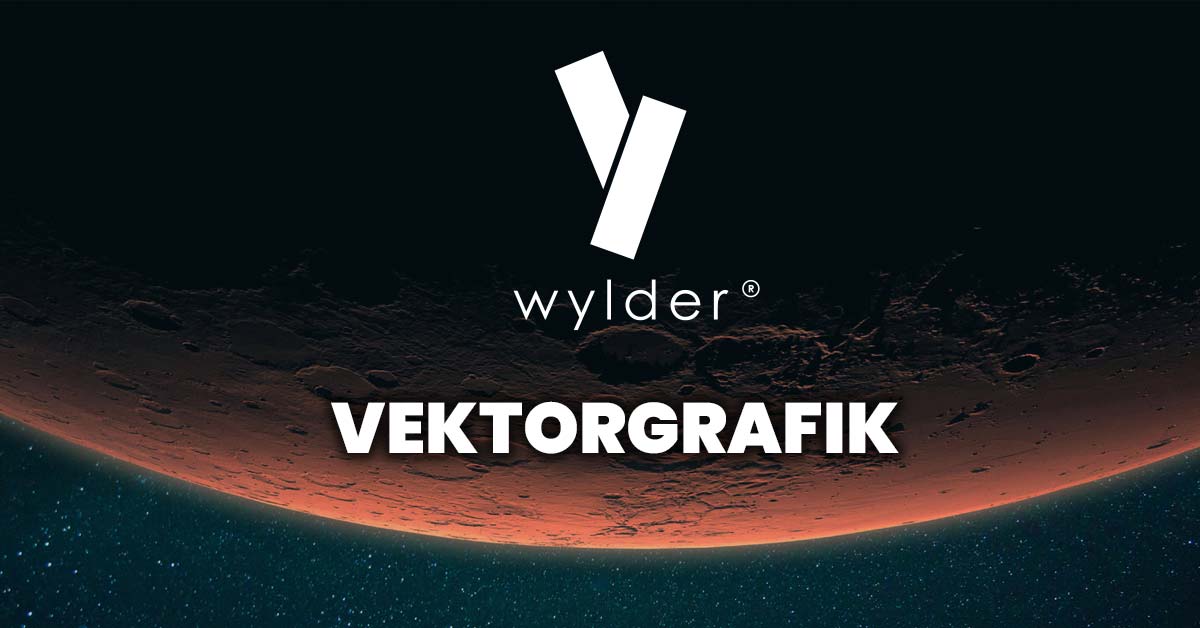
What is a vector graphic?
Images displayed on a computer screen are made up of individual picture elements or pixels. The more a pixel image is enlarged, the more visible the pixels become – especially at the edges of the image. This causes a significant deterioration in image quality, while the pixel graphics also require a lot of storage space.
Alternatively, there is vector graphics. It is not represented point by point, but with the help of vectors that are mathematically precisely defined. A loss of quality can be avoided, especially when creating logos and illustrations. This format converts geometric objects into vectors. The information is not stored in pixels, but in parameters. Common file formats are .eps, .ai and .svg.
What do you need a vector graphic for?
The vectorial file contains a lot of important information that significantly improves the printout of an image format. This includes information on the diameter, center point, contrasts, color gradients, areas, contours and line or color strengths. They are stored as parameters, which means that the image version requires little storage space and can be scaled losslessly. Vector files are therefore more suitable than pixel graphics for better display on the PC or when printing. In web design, they are used to create logos, lettering and illustrations.
What are the pros and cons of vector graphics?
When creating image graphics, logos and lettering on the PC, any scaling is possible with a vector representation. The graphic designer uses programs such as Adobe Illustrator or Macromedia Freehand. The image can be enlarged if necessary without changing the color or sharpness.
This has advantages for printing an image – especially if it is very small, like a logo. While the display on the PC is uniform, printing out or enlarging pixel-based data causes a significant deterioration in quality. Vectors as elements, on the other hand, always enable the same quality – regardless of how much the size of the graphic is changed.
The advantages of vectorial graphics are:
- Enlargement and any scaling without loss of quality
- Small file and storage size
- Contains fill and stroke color, gradient, and pattern information
- Good suitability for complex graphics and animations
- Optimized display of small images such as logos
The disadvantages are as follows:
- Cannot save realistic images
- Creation only possible with suitable graphics programs (Adobe Illustrator, Macromedia Freehand, Inkscape and others)
- More complex to edit and design than raster graphics
- Difficult representation of effects, shadows or reflections
